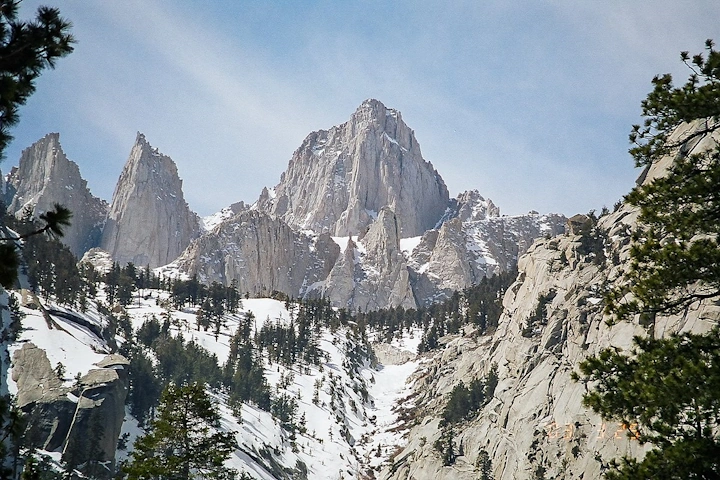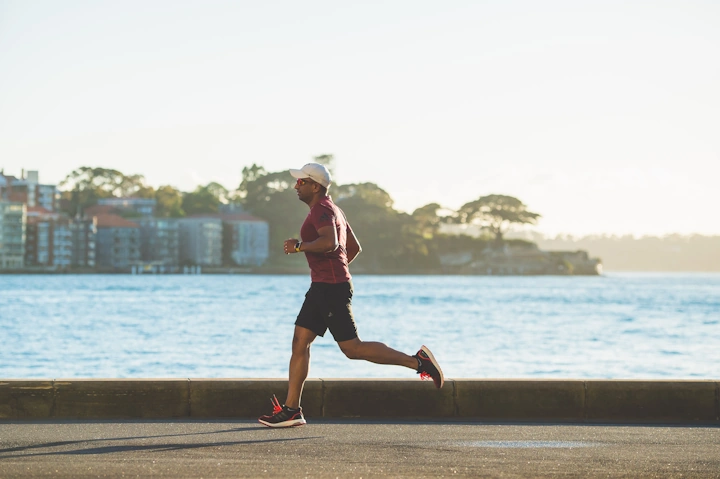Mountaineering is a thrilling outdoor activity that allows you to challenge yourself while taking in beautiful alpine scenery. If you’re interested in getting started with mountaineering in the United States, this guide will provide helpful tips and advice for beginners.
Getting the Proper Gear and Equipment
Having the right gear is essential for staying safe and comfortable during mountaineering adventures. As a beginner, focus on acquiring versatile, durable clothing and accessories to handle changing mountain conditions.
Clothing and layers
Start with high-quality hiking boots that provide stiffness, ankle support, and good traction. Leather or synthetic mountaineering boots are ideal. Break them in beforehand to avoid blisters on the trail. Your footwear forms the crucial connection between you and the terrain.
Next, invest in a technical mountaineering jacket and pants made of waterproof yet breathable fabric like Gore-Tex. Choose versions with hoods, full side zips, and reinforced knees/seat. Aim for at least three layers on top and bottom – a moisture-wicking base layer, an insulating mid layer (fleece or down), and the outer shell.
Carry extra gloves and warm hats for windy summits. Temperatures drop rapidly at higher elevations. Pack Backup socks and baselayers in case the ones you’re wearing get wet. Waterproof your clothes with durable DWR treatment.
Ice axe and crampons
For glacier travel, an ice axe and crampons provide traction and self-arrest ability on snow and ice. Seek general mountaineering axe and strap-on crampon models to start. Learn proper techniques for self-belay and self-arrest with these tools. Always wear a helmet to protect your head from falls.
Climbing harnesses, ropes, carabiners, and other safety gear are a must for roped glacier travel. Learn to properly tie an overhand or figure-8 knot and prusik knot. Never climb unroped on crevassed glaciers.
Backpack
A sturdy backpack (50 liters+) carries all this gear on approaches. Trekking poles aid stability and distribute work between arms and legs on steep hikes. Finally, don’t forget essentials like sunglasses, headlamp, first aid kit, compass/GPS, and emergency shelter/bivvy sack.
With the proper clothing, footwear, safety gear, and backpack, you’ll be set to take on a variety of mountain environments and conditions. Take time to learn how to use each item correctly before hitting the trails. Staying dry and safeguarded from the elements will help you enjoy the incredible views!

Finding the Right Mountain to Climb
Choosing an appropriate peak is key to having a successful and enjoyable mountaineering experience as a beginner. Consider your current fitness level, skills, and preferences when selecting a mountain to attempt.
Choosing your skill level
Be realistic about your abilities. As a new mountaineer, look for peaks classified as Class 1 or 2 scrambles without technical climbing or glacier travel required. Work your way up progressively to higher skill level climbs like Class 3 and 4 routes on future climbs once you’ve built experience.
Popular beginner mountains
Many classic peaks across the U.S. offer non-technical routes appropriate for newer climbers. Here are some great options to start with:
Mt. St. Helens, WA – Hike to the summit crater rim via the Monitor Ridge route. This is a long, steep hike with a great payoff – views of the St. Helens volcanic crater.
Mt. Whitney, CA – Hike the Mount Whitney Trail route, 21 miles round trip. It gains over 6,000 feet but doesn’t require ropes or axes. Permit required.
Long’s Peak, CO – The Keyhole Route is a challenging Class 3 scramble to the summit. Beware of exposure and falling rock hazards. Get an early start.
Checking conditions and permits
Research each peak thoroughly and check current conditions through guide services, park websites, and forums. Many require free permits you must obtain ahead of time. Choose mountains appropriate for your current season. Avoid times with high avalanche danger. Get familiar with mountain weather patterns.
Selecting the right objective will maximize your chances of a successful summit bid. Build skills on easier routes before progressing to more advanced, technical peaks. Stay within your comfort zone as you gain experience.
Learning Important Mountaineering Skills
Beyond gear, developing certain techniques and knowledge will help you stay safe and navigate through alpine terrain confidently. Seek instructional guides or courses to hone these essential skills.
Reading topo maps
Carry detailed topographic maps and know how to interpret contour lines, scale, symbols, and colors correctly. Identify key features and terrain that may affect your route. Plot your planned course accurately. Match the map to surrounding landscape.
Weather prediction
Check mountain weather forecasts regularly and learn to predict changing conditions yourself through cloud patterns and wind shifts. Know possible signs of impending storms. Time summit attempts carefully to avoid being caught in lightning, whiteouts, or blizzards.
Snow and glacier travel
On snowy peaks, proper use of ice axe, crampons, ropes, and crevasse rescue techniques are required to travel safely over snowfields and glaciers. Seek instruction on these technical skills before attempting snow climbs.
Rock scrambling
Even on non-technical routes, you’ll need basic rock scrambling competence. Take courses on choosing hand and footholds, bracing positions, 3-point contact, and using friction to ascend or descend rock faces safely.
Leave No Trace principles
To protect alpine environments, follow Leave No Trace guidelines. Pack out all trash, bury human waste properly, stick to designated trails, avoid fragile vegetation, and minimize campfire impacts. Preserve the mountains for future generations. With conditioning, route research, and proficiency in these areas, you’ll have the tools to take on more advanced mountaineering objectives over time. Start slow and build a solid skills foundation.

Getting in Shape Through Training
Mountaineering requires high levels of endurance, strength, and stamina. Train seriously over months to build your fitness before attempting major summit climbs.
Cardiovascular exercise
Develop a strong cardio base through aerobic activities like running, cycling, swimming, or rowing. Work up to exercising vigorously 1+ hours per session, 4-5 days a week. Get your heart and lungs accustomed to working hard.
Strength training
Incorporate full-body strength training 2-3 days a week. Use bodyweight exercises, free weights, resistance bands, or weight machines to target major muscle groups in legs, core, chest, back, and arms. This builds power for hiking with a heavy pack.
Hiking with weighted pack
Start taking long training hikes (8+ miles) with a 20-30 pound backpack to simulate multi-day mountain excursions. Work up to bigger mile days with more elevation gain over varied terrain. Get trail legs acclimated to the effort. As the climb date approaches, bring your conditioning focus to the specific mountain’s trail by doing repeats of key sections or gradients with weight. Spend time at altitude beforehand if possible. Proper training transforms you from recreational hiker to capable mountaineer. Develop total body strength, balance, stamina, and joint stability through a combination of cardio, resistance exercises, and weighted hikes over months. Fuel and hydrate well to aid recovery. Peak fitness prepares you to endure tough summit days.
Finding Other Mountaineers for Guidance
While mountaineering can be an individual pursuit, having mentors and peers within the climbing community enhances skills, safety, and enjoyment. Seek out these resources as a beginner.
Mountaineering clubs and groups
Join a local alpine club or meetup group to connect with fellow mountaineers. Attend training events, meetings, and group hikes to expand your network. Seasoned members provide beta on gear, route conditions, and technique. Partners for future climbs may be found.
Guide services
Consider hiring or joining a guided trip with reputable professionals, especially for first ascents of higher risk peaks. Mountain guides provide instruction, manage technical terrain, assist with navigation, and increase safety. Choose AMGA certified guides.
Online forums
Websites like SummitPost have dedicated sections where climbers discuss mountains worldwide. Read trip reports, conditions updates, and gear advice. Post questions to tap into the collective wisdom of the community. While mountaineering often requires individual endurance and grit, you needn’t embark on the journey alone. Fellow climbers who share hard-won knowledge and support each other find greater reward. Develop your own trusted mentors and partners over time. Stay engaged with the broader outdoor community through clubs, guides, and online. But most importantly, get out there on the trail gaining firsthand experience. See you on the summit!
Conclusion
Starting mountaineering requires research, preparation, and training, but it’s an extremely rewarding activity. With the proper gear, skills, and planning, you’ll be able to successfully summit exciting peaks across the U.S. Stay safe, check conditions, and have fun on your mountain adventures!
